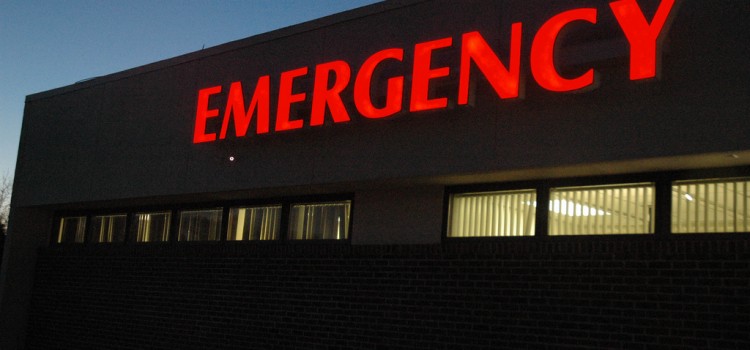Opening your door and discovering your home full of smoke is a heart-stopping experience, as I recently learned. I was lucky, as it was a small fire (mostly smoke), and my child was not inside, but many are not so fortunate! According to Happenings Magazine (November- December 2014), “The U.S. Fire Administration reports there are approximately 128,700 fires during this festive month that account for 415 deaths and 1650 injuries.”
Besides deadly smoke inhalation, three types of burn injuries to kids are typical during the holiday season, according to Dr. David Herndon, M.D., of Shriners Hospitals for Children. These are electrical burns, contact with flames, or scalding from hot liquids or steam. Let’s explore how we can avoid or prevent these injuries in our precious little elves.
Electricity
Before hanging your lights, inspect them carefully for exposed wires, hard kinking, and wear. Always connect the lights to the extension cord before plugging into the outlet. Christmas lights can be very attractive to small children, so always supervise them around the decorations and teach them to look, but not touch.
Flames
Thank goodness the practice of burning real candles on the tree is not widely practiced in the U.S. anymore. However, those of you with live trees need to keep those tannenbaums watered regularly and take them outside when it becomes dry (watch for needles falling off). Make sure all trees, both live and artificial, are safely placed away from all objects; most importantly— radiators, space heaters, or any other heat sources.
Window candles are beautiful, but battery-operated ones are safer than real flames or electric options. If you do burn candles, never ever leave the house with one burning. Be sure the candle is placed in an area where kids or pets will not knock it over, and that it has a stable base.
Scalding
This is the number cause of kids’ injuries during the holiday season, and most of them happen in the kitchen. An adult should be present near cooking food at all times, and keep pan handles facing toward the back of the stove so little hands can’t pull them down. Wearing short sleeves or rolling up sleeves will help prevent clothing from catching fire if something ignites. Remember that water should not be used to put out a stove fire. Always keep a cookie sheet or pan lids nearby for smothering fires.
Equip Your Home
Even with the greatest precaution, accidents happen. Keep a fire extinguisher handy in the kitchen area, and place a smoke detector on each level of your home. Remember to check the batteries! If smoke alarms are a bit out of your price range, contact your city to inquire about free smoke alarms. Many cities offer smoke alarms and even carbon monoxide detectors free-of-charge to citizens in need. Additionally, coming up with a fire escape plan with your family and rehearsing that plan can help ease the minds of everyone in the home. Lastly, call your local fire department’s information line and ask an officer to visit your home and check for fire safety. This is often a free service offered by fire departments, but not utilized by many families. If a risk is found, the fireman can advise about correcting the problem.
Emergency
If someone in your home experiences a burn, immediately call 911 or take them to your nearest Emergency Room. Do not treat bad burns, especially open wounds, yourself, as the added risk of infection is very high. It’s better to let the experts decide and apply treatment.
Gifts that Show You Care
If you’re looking for thoughtful gifts for loved ones this holiday season, why not give the gift of fire safety? Smoke detectors with batteries, fire extinguishers, flameless candles, and escape ladders are things many don’t purchase for themselves, but could save a life! Encourage your loved ones to practice a fire escape plan, as well.
(Image courtesy of KOMUNews on Flickr.)

